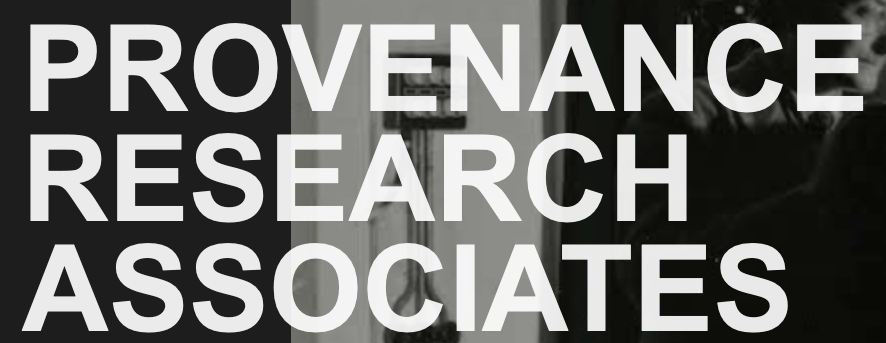The Age of Pleasure and Enlightenment
Wadsworth Atheneum Museum of Art, Hartford, CT, USA
August 10, 2013 – February 24, 2014
European art of the 18th century increasingly emphasized civility, elegance, comfort, and informality. During the first half of the century, the Rococo style of art and decoration, characterized by lightness, grace, playfulness, and intimacy, spread throughout Europe. Painters turned to lighthearted subjects, including inventive pastoral landscapes, scenic vistas of popular tourist sites, and genre subjects—scenes of everyday life. Mythology became a vehicle for the expression of pleasure rather than a means of revealing hidden truths. Porcelain and silver makers designed exuberant fantasies for use or as pure decoration to complement newly remodeled interiors conducive to entertainment and pleasure.
As the century progressed, artists increasingly adopted more serious subject matter, often taken from classical history, and a simpler, less decorative style. This was the Age of Enlightenment, when writers and philosophers came to believe that moral, intellectual, and social reform was possible through the acquisition of knowledge and the power of reason. The Grand Tour, a means of personal enlightenment and an essential element of an upper-class education, was symbolic of this age of reason.
The installation highlights the museum’s rich collection of 18th century paintings and decorative arts. It is organized around four themes: Myth and Religion, Patrons and Collectors, Everyday Life, and The Natural World. These themes are common to art from different cultures and eras, and reveal connections among the many ways artists have visually expressed their cultural, spiritual, political, material, and social values.(…more at The Wadsworth website…)
